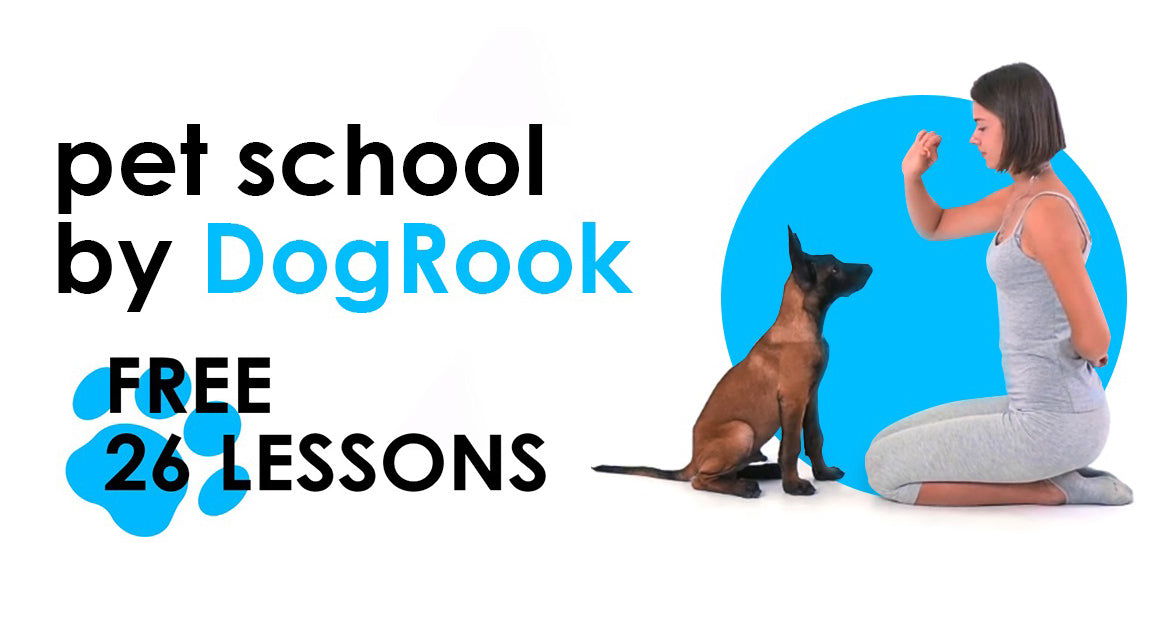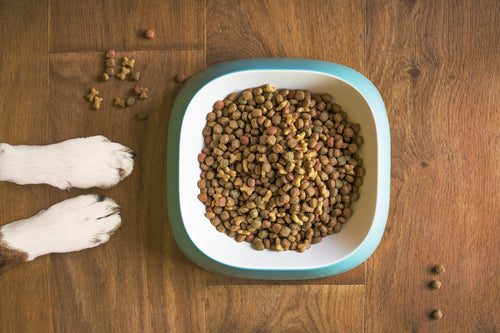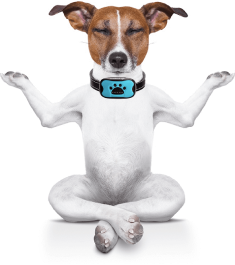Dry Dog Food or Wet Dog Food?
,January 25, 2021
Ready-made dry dog food is becoming more and more popular: it is advertised on television and on the internet, as well as recommended by breeders and veterinarians. But responsible dog owners still have question: what is the healthiest dog food? Of course, every type of food has its pros and cons. And if we talk a lot about the former, the latter are often neglected. Let’s try to compensate for this and look at dry dog food objectively.
Why Do We Like Dry Dog Food?
- Balanced composition. Even lower quality feed is balanced in proteins, fats, vitamins and minerals. This is not always the case with other diets. And if we have to choose between two evils, any dry food is better for a dog than random homefood from the master’s table.
- Saving the family budget. Dry dog food, even in the middle and high price category, will cost less than fresh meat, fish and vegetables. A comparison of canned dog food with dry food also does not use the latter (of course, when it comes to products of equal composition).
- Long shelf life. Dry dog food can be stored without refrigeration for 12–18 months. However, meat products deteriorate in a couple of hours. So the convenience of storage is an undoubted plus of dry food, and besides, it help when you need to leave the dog for a while: you can put dry granules into an auto feeder (or a regular bowl) and not worry about their freshness, which is impossible with wet dog food.
Why Should We Be Careful When Choosing Dry Dog Food?
In this article, we will not touch on myths, but will only talk about those disadvantages that should be considered when choosing the type of food for dogs.- Dry dog food contains excess carbohydrates. Although this minus is not relevant for all feeds, we are obliged to accentuate on it. Looking at natural products, we see the difference between bread and meat. But with dry dog food it is somewhat more complicated. Coarse granules have a similar appearance and vary in composition. Therefore, the choice of dry food should be approached with caution. In the list of ingredients of the first places have to be animal origin of animal protein (it is better if there are 3–5, not one). There is also vegan dog food, so be careful in choosing the right options.
- It iis easy to overfeed your dog. Saturated dog food is perceived as more satisfying, and dry granules sometimes seem “frivolous,” although, in fact, they are high in calories. This can be a serious disadvantage if the dog has an excellent appetite and the owner is confused about the size of portions.
- There is practically no moisture in dry food. When feeding dry rations, it is necessary to monitor the dog's drinking regime. Low fluid intake is considered one of the risk factors for urolithiasis. With canned food or wet dog food, water can be obtained from food, but with dry food this will not work.
Pros
• The ability to choose the most balanced dog feed - there is no need to purchase additional vitamin complexes;
• It is easy to use. There is no daily cooking, and it is convenient to take with you on trips, and to exhibitions;
• It does not need to be stored in the refrigerator, you can buy it “for future use”;
• It can stay in a bowl all day.
Cons
• Despite the balanced content of all elements, dry dog food is a product of serious technological processing;
• Difficulty choosing a suitable diet;
• Problems in cases of withdrawal of feed from production;
• Allergic reactions occur more often;
• Application by manufacturers of aromatic additives and flavor enhancers (often unlisted on the packaging).
• Rarely causes problems with the gastrointestinal tract — the dog eats the same way all his life.

Comparing Dry Dog Food to Natural Feeding
There is an opinion that natural nutrition has no equal alternatives. Given the booming trend of organic food, there is nothing unusual about this assumption. But if “natural” is so good, then why do we need dry and canned food? Let’s discuss this.The concept is that you give your dog ordinary food that you buy every day in the market or in the store. The main argument lies in the quality of the ingredients: it is assumed that such meat will be good by default, and the vegetables will be fresh and full of vitamins and minerals. Sounds good, but in practice it’s not always that rosy. Everyone has heard that even in products for people, unscrupulous manufacturers and sellers add various preservatives, flavor enhancers, color additives, and so on. And although direct harm to a dog from them has not been proven, there is also little benefit. There is no quality guarantee.
The second controversial point is vitamins and minerals. A dog, like a person, has a need for certain substances that will ensure its health, smooth coat, strong bones and teeth. The most important thing is vitamins A, E, D3, as well as calcium and phosphorus. It seems that all this should be in the products that you give your dog, but the question remains, is it enough? At home, it is impossible to accurately assess, for example, the energy value of a chicken leg or the content of amino acids and trace elements in it. That is why with “natural” feed veterinarians always prescribe various nutritional supplements to avoid the risk of vitamin deficiency.
Another unpleasant thing is the peculiarities of the reaction of the dog’s body to seemingly familiar products. Carried away by natural nutrition, many individuals irresponsibly reduce the feeding procedure to “I give what I eat,” which is fundamentally wrong. Potatoes, turnips, and beans, for example, seriously overload the animal’s gastrointestinal tract, making food poorly digested and blocking vitamin B from entering the body. Wheat is the main cause of most food allergies among dogs, and any sweets, including candy, will certainly sooner or later lead to diabetes. Also, we must not forget that some ingredients can be deadly for our four-legged friends, especially chocolate, garlic, pomegranate, walnuts, onions and grapes.
So it turns out that the notorious “natural feed” may be good, but it requires a serious study of the issue. With a great deal of confidence, we can say that few people are willing to spend so much time and energy to become a guru in matters of dog care. Dry food is an alternative to this issue.

The advantages and disadvantages of natural nutrition for a dog are as follows:
Pros
• Confidence that your dog gets meat for food, and not skin, bones and other components;
• Independent control of product quality;
• Low probability of urolithiasis decrease developing;
• Regular self-cleansing of the paraanal glands due to the density of feces.
Cons
• Searching for storage;
• Time spent on cooking;
• The need to purchase additional vitamin complexes;
• Inconvenience with feeding while traveling;
• The risk of calculus increases;
• The need for strict adherence to the feeding regime due to prolonged digestion of food.
By understanding the pros and cons of dry dog food and natural dog food, each owner will be able to organize feeding with convenience for the benefit of the pet. The main thing to remember is that dogs are predators, and therefore meat is the basis of their diet. Therefore, an alternative to high-quality dry food can only be a diet composed of a variety of meat products with a small addition of plant foods.
With love to your dogs,
DogRook









